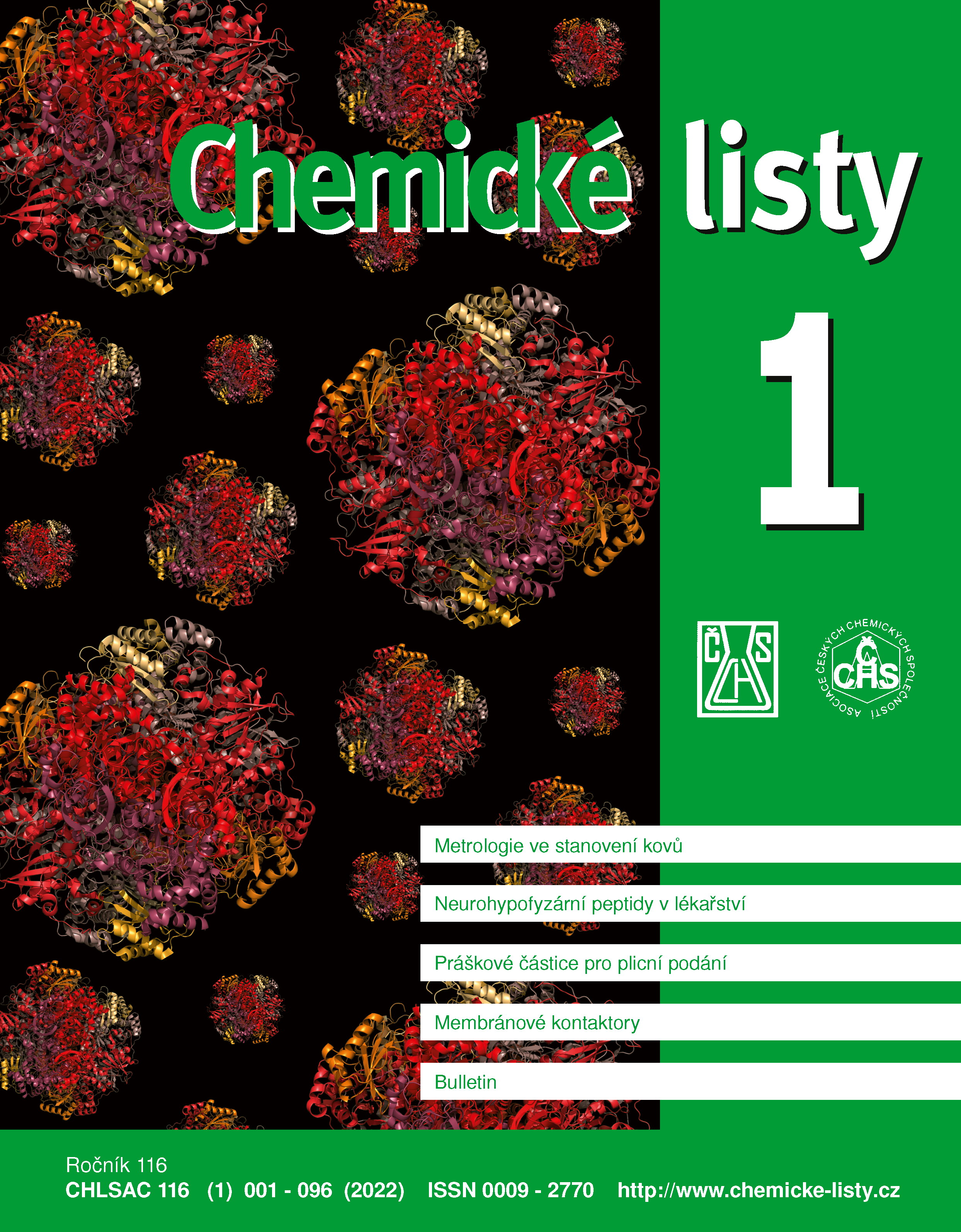Neurohypophyseal Peptides from Prague and Swedish Laboratories Used as Medications: Desmopressin, Terlipressin, Carbetocin. Part 1: History of Research and Beginnings of Industrial Production
DOI:
https://doi.org/10.54779/chl20220020Keywords:
neurohypophyseal hormones, oxytocin, vasopressin, deamino-ᴅ-arginine vasopressin, DDAVP, Glypressin, Terlipressin, Carbetocin, Ferring company, peptide drugsAbstract
From the fifties to the seventies of the last century, the neurohypophyseal peptides oxytocin and vasopressin constituted one of the main research areas at the Institute of Organic Chemistry and Biochemistry in Prague (IOCB). A significant contribution to this area is associated with the names of František Šorm, director of the said institute, and Josef Rudinger, head of the institute's peptide laboratory. At that time, newly developed research tools enabled to synthesize structural analogues of these hormones in numerous laboratories worldwide and hence to investigate the structure-activity relationships within this peptide group. Contributions of single peptide-chain positions to the respective biological activities were identified which opened a possibility to rationalize a design of peptides with a combination of changes in several positions. Several clinically interesting peptides were synthesized in the late 1960s at the IOCB and employed as therapeutics: [(Gly)3-Cys1,Lys8]-vasopressin (Glypressin Ferring®, Terlipressin INN), 1-deamino-8-ᴅ-arginine vasopressin (Desmopressin INN, dDAVP), and later the uterotonics carbetocin (INN), widely used in obstetrics to prevent postpartum haemorrhage. Since the industrial production of peptide therapeutics was scarcely possible under the conditions of socialist economy in Czechoslovakia as well as in other countries under the Soviet influence, F. Šorm agreed to use the already established scientific contacts of IOCB with the Swedish pharmaceutical company Ferring AB and to transfer the production licences to Sweden. The license agreements were signed in 1969 and led to a quick spread of dDAVP in the substitution therapy of the central form of diabetes insipidus and, moreover, contributed to a fast upsurge of the Ferring company. Somewhat later, Glypressin was produced as a therapeutic with a prolonged action in cases of cardiovascular collapse. Contacts between Prague peptide chemists and the Ferring company lasted on a rather informal base until the end of the 1980s. After the fall of the totalitarian regime in Czechoslovakia in 1990, Ferring started a joint-venture collaboration with the newly organized Czech company Léčiva st.p. Praha in a newly established group Prague Polypeptide Institute spol. s. r.o. (later Ferring-Léčiva A.S.). A substantial part of the peptide-production capacities was then transferred to new buildings in Prague.





